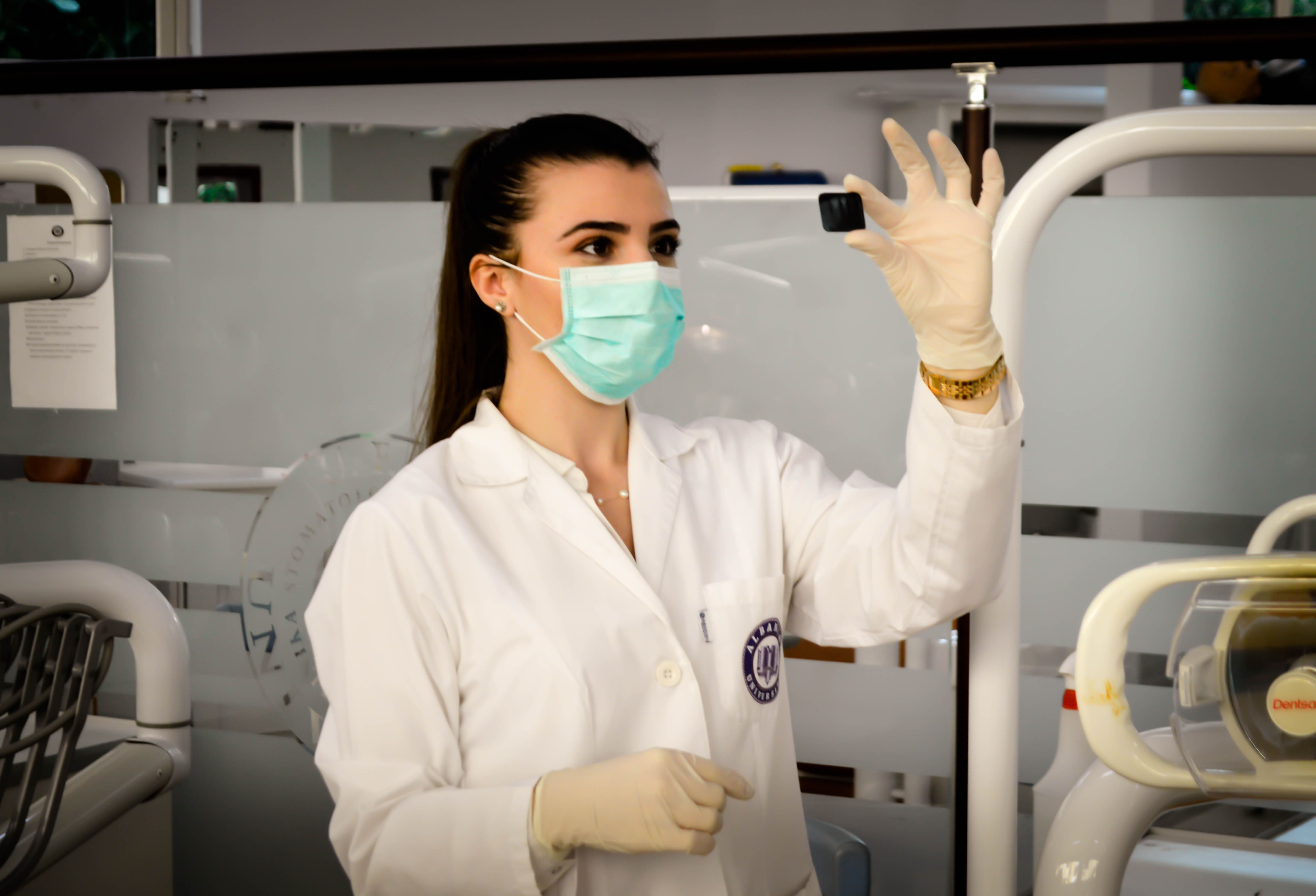Publication
Article
Cardiology Review® Online
Researchers Explore Venous Thromboembolism Rates in COVID-19 Patients
Author(s):
The risk of VTE is increased in both hospitalized and non-hospitalized COVID-19 patients.

Since the beginning of the coronavirus disease 2019 (COVID-19) pandemic, venous thromboembolism (VTE) has been observed in infected patients.
However, the reported rates of VTE in these patients has differed substantially.
A team, led by Stephan Nopp, MD, Clinical Division of Haematology and Haemostaseology, Department of Medicine I, Medical University of Vienna, evaluated available data to estimate the prevalence of VTE in COVID-19 patients.
The investigators conducted a systematic literature search, finding 86 studies reporting VTE rates in 33,970 COVID-19 patients. Ultimately, the investigators excluded studies suspected to have a high risk of bias.
Overall, they included 66 studies with 28,173 patients in the final analysis. The mean age of the patient population was 62.6 years old, while 60% of the study was male and 20% of the patients were admitted to the intensive care unit (ICU).
The research team obtained pooled outcome rates within a random effects meta-analysis and performed subgroup analyses for different settings, including comparing intensive care unit (ICU) patients with non-ICU hospitalizations and screenings compared to no screenings. They also explored the association of D-dimer levels and VTE-risk.
The overall VTE-prevalence estimate was 14.1% (95% CI, 11.6-16.9), 40.3% (95% CI, 27.0‐54.3) with ultrasound‐screening, and 9.5% (95% CI, 7.5‐11.7) without screening.
The investigators found in subgroup analysis high heterogeneity, with a VTE-prevalence of 7.9% (95%CI 5.1‐11.2) in non‐ICU and 22.7% (95%CI 18.1‐27.6) in ICU patients. The prevalence of pulmonary embolism in non-ICU patients was 3.5% (95% CI, 2.2-5.1) and 13.7% (95% CI, 10.0-17.9) in ICU patients.
Patients developing VTE had higher D‐dimer levels (weighted mean difference 3.26 µg/ml; 95% CI, 2.76‐3.77) than non‐VTE patients.
“VTE occurs in 22.7% of patients with COVID‐19 in the ICU, but VTE risk is also increased in non‐ICU hospitalized patients,” the authors wrote. “Patients developing VTE had higher D‐dimer levels. Studies evaluating thromboprophylaxis strategies in patients with COVID‐19 are needed to improve prevention of VTE.”
Recently, investigators noted a low rate of post-discharge VTE following a COVID-19 hospital stay.
The findings suggested empiric post-discharge thromboprophylaxis is not necessary, supporting the American College of Chest Physicians recommendation of not offering it.
Lara Roberts, MBBS, MD, MRCP, FRCPath, and colleagues reported the rates of post-discharge VTE and compared the rates with those following medical admission in the pre-COVID era. The team considered hospital-associated VTE as any VTE diagnosed during or following a medical admission of more than 48 hours or postoperatively and occurring up to 90 days of discharge.
There were 2863 COVID-19 admission and 84 hospital-associated VTE episodes. Of the episodes, 11% occurred post-discharge at a median of 8 days (range, 3-33 days). The proportion of patients who developed hospital-associated VTE was 4.8 per 1000 discharges (within 42 days of discharge).
Overall incidence in the COVID-19 and 2019 medical admissions cohorts was lower than the rate of symptomatic VTE reported in the placebo arm of previous studies investigating extending thromboprophylaxis post-medical admission (1.2% to 1.7%).
The study, “Risk of venous thromboembolism in patients with COVID‐19: A systematic review and meta‐analysis,” was published online in Research and Practice in Thrombosis and Haemostasias.






